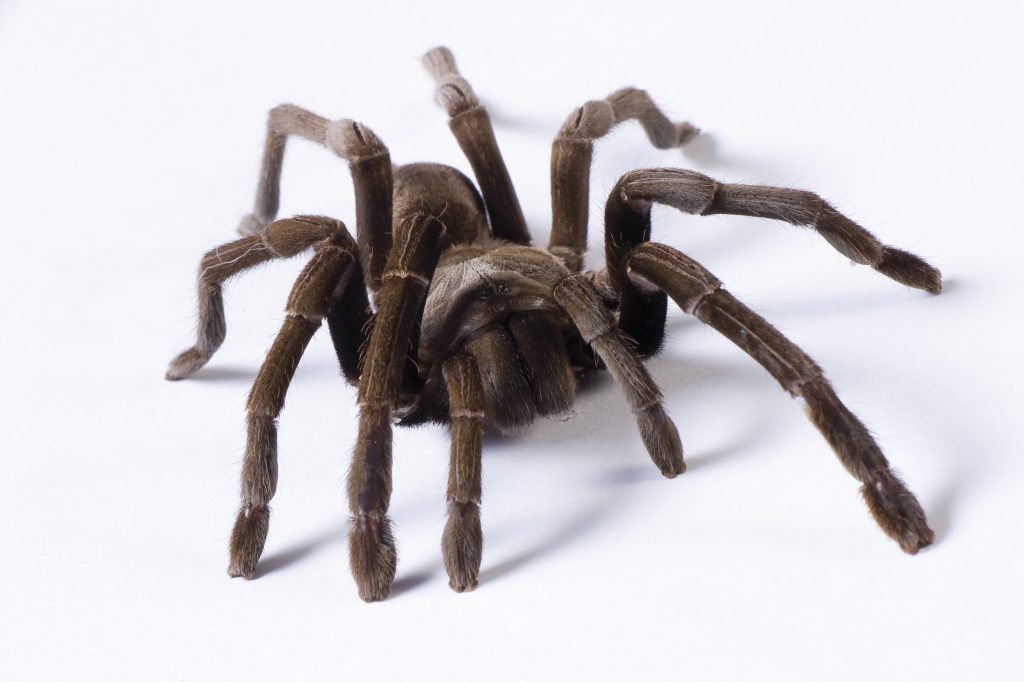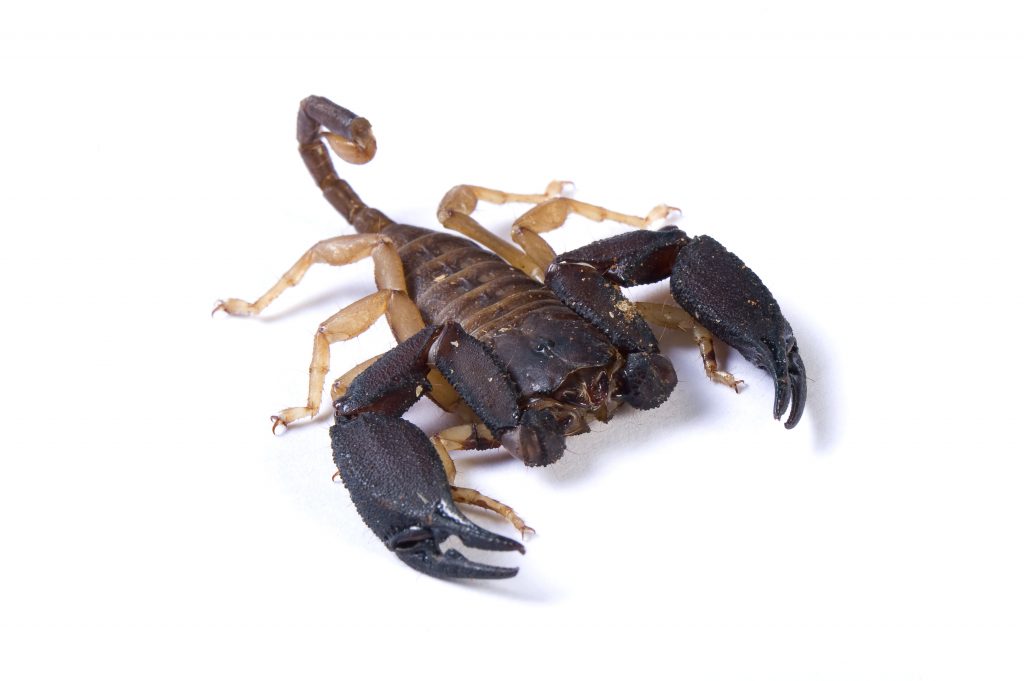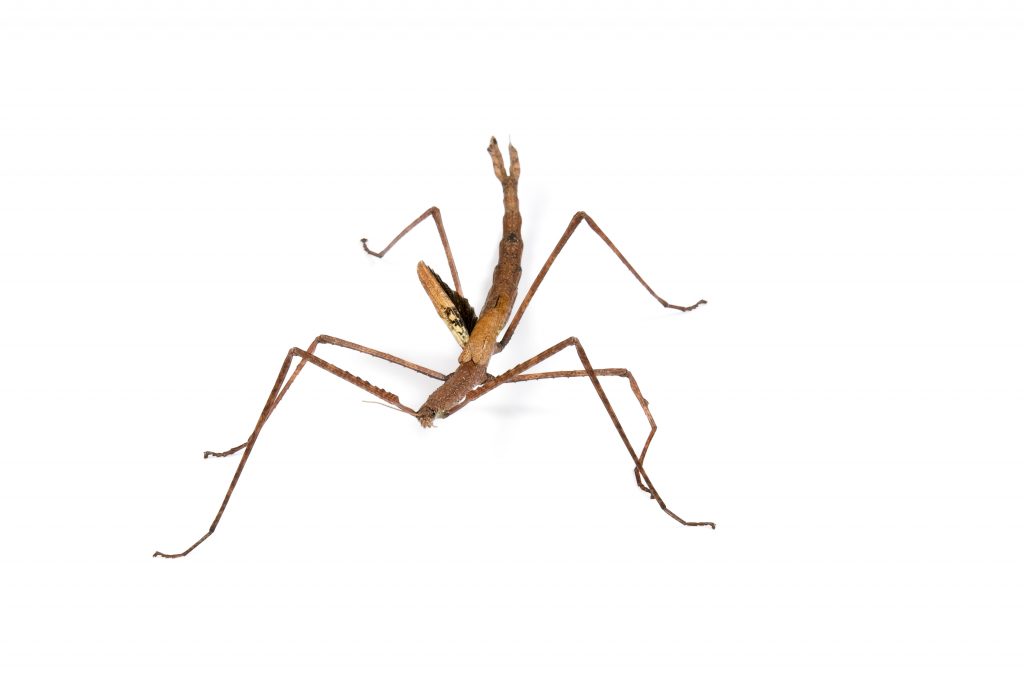Unique Pets for Small Spaces
Not all pets have to be fuzzy and cuddly. There are lots of pets that are just a little bit different, and are perfect for those living in small places, or aren’t allowed to have the “typical” pet. Here are just a few of those outside-the-box pets that are very cool!
The Australian Tarantula

The Australian Tarantula as a Pet
The Australian Tarantula is also called the Queensland Tarantula (Selenocosmia crassipes). Tarantula spiders are arachnids and are some of the largest spiders in the world. Their husbandry can be very easy, provided care is taken when feeding and cleaning their terrarium. A terrarium style enclosure with some venting provides the best environment for these guys. Queensland Tarantulas like a little bit of humidity in their cage and also like to burrow. A substrate like Vetafarm’s Herpabed is great as it retains the right amount of moisture. They will require a little regular misting, but don’t make it too wet.
As these spiders are a tropical species, they also like it warm, so a heat mat covering part of the base is very important. Arachnids, like reptiles are ectothermic and get their warmth from their environment. Temperatures are ideal at around 23C to 25C. Overheating can kill a spider, so it’s imperative to keep a thermometer in the cage. (They can climb it though, so don’t keep it near the top!)
Tarantulas should be fed 1 to 2 times a week using live crickets. Only add a few crickets at a time though, as thejuy could try to bite your uninterested spider. Spiders may not feed when they are nearing a moult. This means that they are growing, and will need to shed their exoskeleton. They may be motionless at this time, and may even appear to be dead. A few days later, it may look like there are two spiders in the cage, but it’s just a shed. It isn’t recommended to handle these tarantulas at all. Not only are they fragile and dropping them can kill them, but they are also capable of inflicting a very painful bite! Using a pair of long forceps will help keep you and your spider safe.
The Scorpion as a Pet

There are over 29 different species of scorpion in Australia. A few types are commonly available as pets. Scorpions are also arachnids like tarantulas and are a prehistoric, they’ve remained relatively the same for the last 400million years. Just like the tarantula, scorpions are best kept in a terrarium. Most scorpions prefer a sandy substrate and Vetafarm’s Desert Sand is a beautiful and natural addition to the tank. Provide plenty of flat rocks or long pieces of bark for shelter. Scorpions are ambush predators and are also mostly nocturnal and like places to hide. Ask the pet shop what kind of scorpion that you have, as there are a few forest dwelling types that would like a little humidity. A small dish with a bit of natural sponge for water is perfect for most species. Unless you have purchased a tropical species, most scorpions prefer temperatures from 18C to 24C. They don’t like bright light, so a dim red reptile bulb used for a for hours in the evening will allow you to observe your scorpion’s natural behaviour.
They are easy to feed, only requiring a few crickets a week. They capture their prey and crush it in their pedipalps (pinchers) before they eat. Remove any uneaten feed as scorpions may not feed every time food is offered. Use long forceps to clean the cage and remove food. Although most Australian scorpions do not have a fatal sting, handling is not recommended. Their exoskeleton is fragile, and damage can result in death. Using forceps to guide your scorpion into a small container is the preferred handling method.
Australian Stick Insects as Pets

Stick insects, or phasmids are a fascinating creature that is not only a herbivore, but it resembles the sticks and leaves that it eats. They are commonly called the “koala” of the insect world as they are gentle and fairly slow moving. They protect themselves by excellent camouflage and some bigger species have spines to deter predators from eating them. The coolest thing about most phasmids is that they are parthenogenetic. This means that a female doesn’t have to have mated, she can produce tiny little clones of herself.
Stick insects are very easy to care for. A terrarium is with some ventilation is the best. These insects do prefer a slight bit of humidity and Herpabed can be used to keep the environment slightly moist, but also provide a natural looking habitat. They will do best if kept around 22C to 25C and get a little bit of regular sunlight. They will not spend any time on the bottom of the cage, so a heat lamp (that is out of the cage so they can’t climb on it) may be necessary during the colder months.
The cage can be decorated with leafy branches – and to make it easier, should be the leafy branches of gum trees that they like to eat. (Ask your pet shop what kind of phasmid you have to best learn what that particular insect’s favourite type of food is.) Cover a water filled jar with plastic wrap and stick the branches through the plastic. This will keep the insects from falling in. Mist the phasmids lightly every day as they drink the droplets off the leaves. Replenish the leaves when they start to wilt and fall off the branches. If you have hatchlings, they need to be fed soft and young leaves. They can be handled gently, but prefer not to be picked up. You can allow them to climb up onto your hand. They have tiny claws that may tickle a bit!
